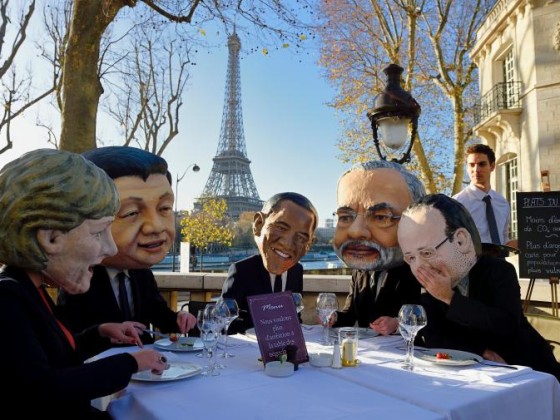Wednesday was an exciting milestone in the Paris climate talks: After some delays, a slimmed-down draft agreement was released, this time a mere 29 pages long.
That represents painstaking progress over 10 days. Going into the talks to curb climate change on Nov. 30, the draft in front of delegates from nearly 200 countries ran to 54 pages. It was described as “the most complicated international agreement ever attempted.” It certainly looked like it, packed with brackets and so many verb choices some paragraphs read like a thesaurus.
